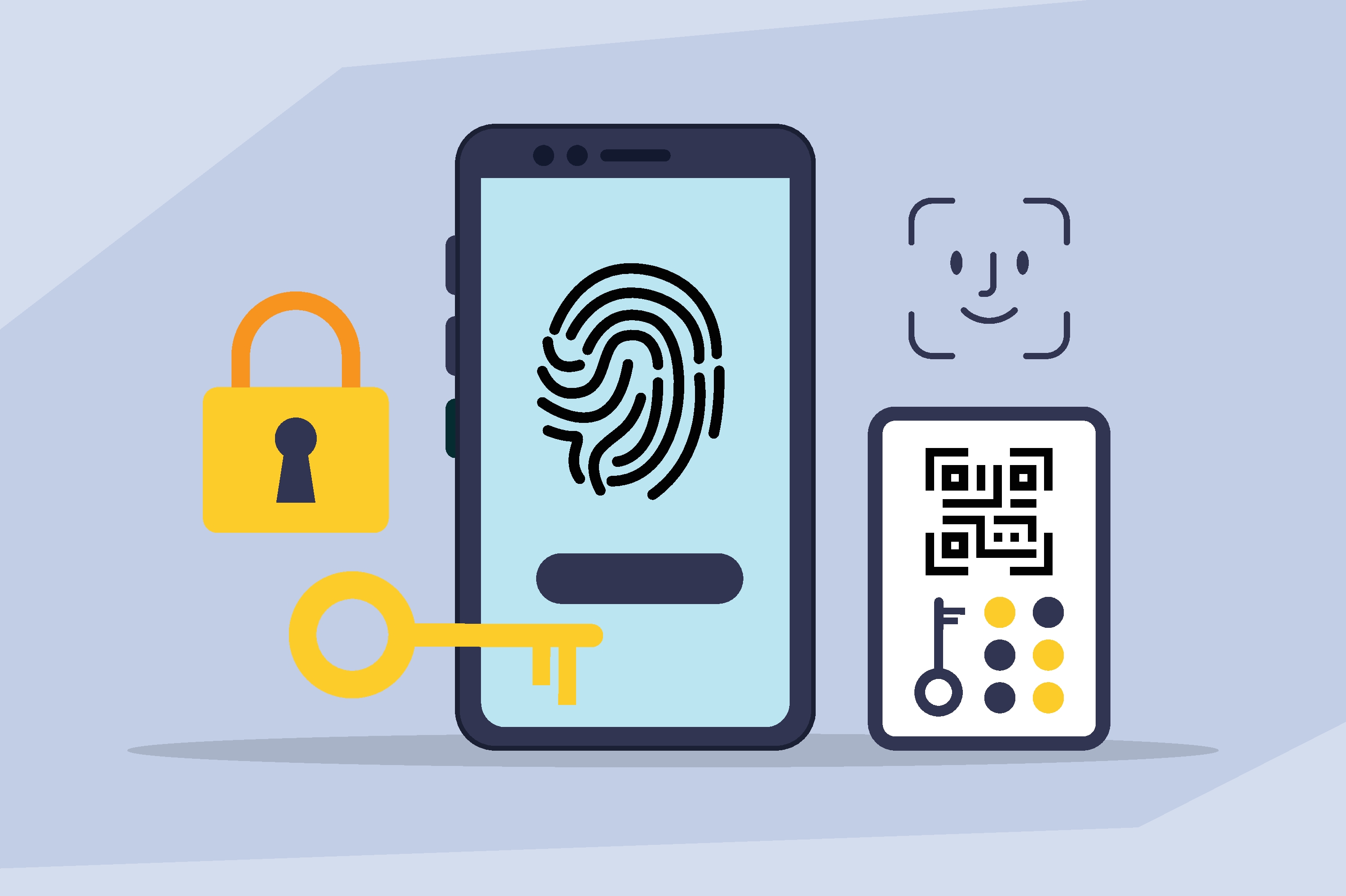OTPs & Selfies Are Leading the Next Wave of Customer Onboarding in Banking


The quest for a comprehensive digital transformation has pushed banks to evolve the core of banking businesses from operational efficiency to customer experience. Hence, banks are now one of the major tech adopters; they are now leveraging modern technologies such as blockchain, AI/ML, APIs, cryptography, etc., in various capacities.
However, banks now realize that one of the most crucial areas of business where technology can elevate their perception and generate a ‘wow’ factor among their customers is the process of onboarding. Traditionally, opening a bank account has always been perceived as a tedious task requiring visits to banks, filling up forms, ID proof submissions, etc.—all friction for customers to open new accounts. However, with the introduction of digital-first solutions, things are going to change quite a bit.
Banks now leverage modern technologies such as OCR (Optical Character Recognition), image analytics, computer vision, AI/ML/NLP, and biometrics to bring the newer ‘wow’ element into onboarding. The banks of today use several innovative methods of document collection, verification, and authentication.
The call for change is coming from the regulators as well. The growing regulatory scrutiny over AML/CFT and the increasing focus on KYC are bringing newer technologies into the fold. In hindsight, this presents a perfect opportunity for banks to reinvent the way they onboard their customers. While several centralized databases such as Aadhaar, SSN, NIFC, WebID, etc., are built with the major purpose of making KYC easier, techniques such as image recognition and OCR now enable customers to click a selfie for verification of their identities. Regulators across several jurisdictions now allow video calls, selfies, and other innovative ways of authentication. Some other major innovative authentication methods are OTPs, video selfies, video chat with agents, fingerprint & iris scans, etc.
MEDICI conducted a study of 22 banks (traditional as well as digital) across APAC, Europe, and the Middle East and analyzed their digital onboarding methods & eKYC techniques for opening bank accounts. The study found that OTPs and selfies were the most prevalent modern authentication methods for digital onboarding among these banks. While 10 out of 22 banks used SMS-based OTPs, seven banks authenticated their new customers using selfies and video selfies. Four banks used video chat, and three banks used fingerprint/iris scans.

With open banking and GDPR driving discussions around multi-factor strong customer authentication, these newer methods present a vast opportunity for banks and FIs to tap into. These techniques, when in combination with one another, can make the process of authentication much stronger. Some of these banks already use multiple methods of authentication and eKYC. While these newer methods are largely being used by digital-only banks, traditional banks also realize the need to innovate on this front; we can expect significant developments in the next few months and years.

Keep reading
 Read the article: The Death of the OTP: Why Legacy MFA is Failing the Modern Consumer
Read the article: The Death of the OTP: Why Legacy MFA is Failing the Modern ConsumerDiscover why legacy MFA is failing and how Prove Unified Authentication provides a smarter, frictionless alternative. Learn how to replace insecure SMS OTPs with continuous, multi-layered identity assurance that prevents fraud while boosting conversion rates.
 Read the article: Prove Launches ProveX℠, the Internet’s First Digital Trust Exchange
Read the article: Prove Launches ProveX℠, the Internet’s First Digital Trust ExchangeProve launches ProveX, ProveX, a new digital trust exchange that enables enterprises to instantly access verified data and credentials from partners, while preserving trust through every interaction
 Read the article: Beyond the OTP: Why SMS-Based 2FA Is Failing and What Comes Next
Read the article: Beyond the OTP: Why SMS-Based 2FA Is Failing and What Comes NextExplore the classic conflict between security measures and user friction.












